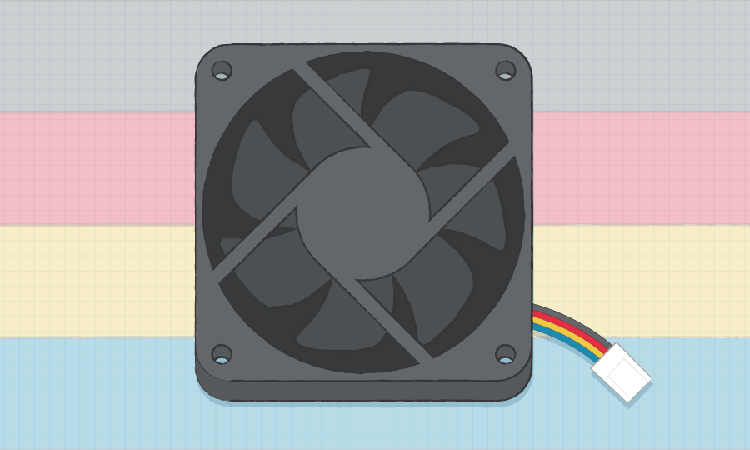Widely recognized and used for forced air cooling, dc fans are an important component in many thermal management designs. While their operating principles are relatively basic, simply connecting a dc fan and operating it non-stop in an end system is usually not the best or most efficient approach.
On/off fan control also falls short as an end-all solution as it can subject the components the fan is cooling to repeated thermal cycles of hot and cold. It further brings thermal overshoot into play as the fan must catch up from the time it is turned on to the time it begins cooling.
Most advanced fan designs today overcome these shortcomings by implementing one or more of the common controls and protections offered by dc fans, such as pulse-width modulation (PWM), embedded tachometer signal, auto-restart protection, and rotation detection.
The CUI Insights blog post, “Cooling Fans: Monitoring, Control, and Protection Enhance System Performance” breaks down these dc fan features in greater detail and highlights the shortcomings of the more basic design approaches.




